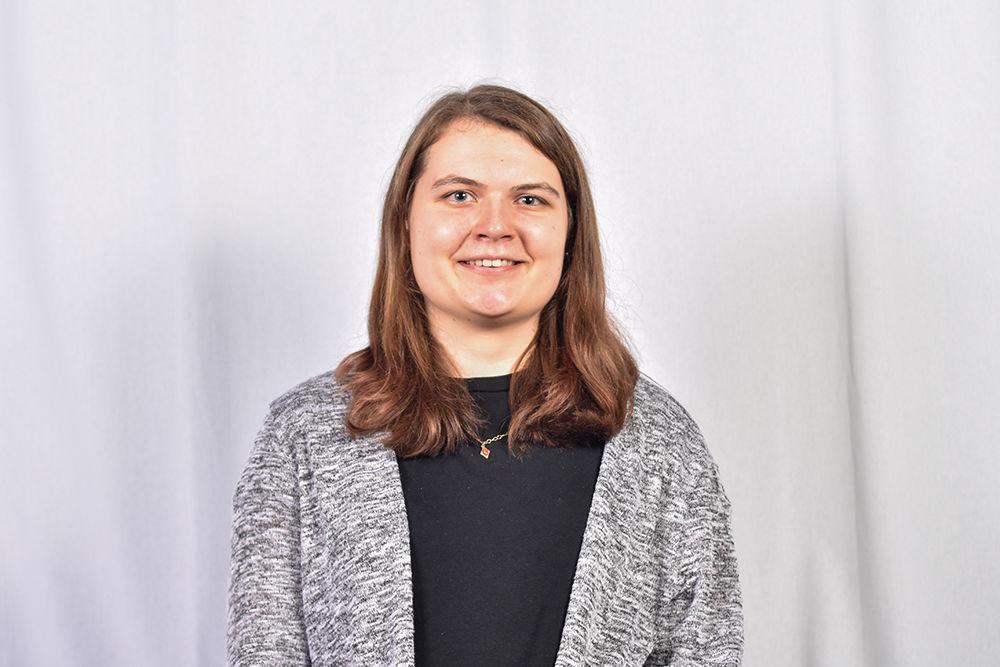As students, we often find ourselves trapped in the world of black and white thinking: things are either good or bad, we either like a class or we don’t, we are either excited about a conversation or dreading it. In fact, there is a therapeutic modality which addresses this type of thinking, through encouraging people to find the “gray area,” often referred to as a dialectic. This modality is Dialectical Behavioral Therapy, or DBT, and is used to treat a variety of mental health diagnoses, including anxiety.
I wouldn’t suggest that DBT is a “cure-all,” since I’m not a therapist, although I can say from experience that learning how to find the “gray area” and avoid thinking in polarized, black and white terms helped shift my mindset and allowed me to become more cognizant of how I can better navigate challenges, especially those students face in college.
When I first heard about the concept of dialectic, I was sitting in group therapy, listening to people share their personal experiences. The therapist leading the group was new, and as she clarified people’s questions and reflected on people’s stories, I noticed something interesting about the way she spoke. When the group was over I asked her about it, and she explained that she is trying to discourage black-and-white or dichotomous thinking and emphasize that it is possible to hold two contrasting ideas simultaneously.
When I first heard this idea, I was a little skeptical — it seemed to me that she was suggesting two different things to be true at the same time. She suggested that instead of using the contraction “but” we can use the word “and” — as in, “I woke up too early today, and I still feel good.” This sounded strange to me at first, considering how in our everyday lives we often use the contraction “but” to negate the first part of our sentence, or mitigate the impact of what we are saying.
Over the next few days, I was more conscious of when I used the word “but,” as in, “I want to go to office hours, but I feel too intimidated.” In an effort to challenge my anxiety, I began to replace the word “but” with “and” when I thought about things that made me anxious, and soon I noticed some subtle differences. Whenever I talked about something using the word “but” I was usually thinking in dichotomous terms. For example, “I want to read my new book, but I have too much homework.” or “I want to join this new organization that sounds really cool, but I’m too anxious.”
While it is hard to believe that one word can impact our thoughts so much, paying attention to how frequently I used the word “but” made me aware of how often I allowed my anxiety to influence the choices I made throughout the day, which often meant missing out on important opportunities and experiences, such as deciding not to go to a meeting for a new organization, which meant I could have missed an opportunity to learn something new or make new friends.
By changing my perspective from “this is either wrong or right” or “this will either go well or it won’t” to “I liked that meeting and felt uncomfortable with some of the things people said” or “I really want this job and I feel very intimidated at the thought of going to the interview,” I have been able to approach situations both on and off campus with a more open mind and challenge my anxiety in new situations. Although I can’t go back and change the past, I can open the door for new opportunities by making a conscious effort to challenge my anxiety. While it might not be possible to completely eliminate black-and-white thinking, being able to embrace dialectic thinking and challenge the college environment and the real-world’s “black and white” ideas can be the first step in changing our mindset for the better.














